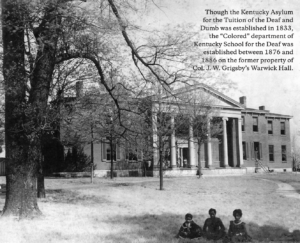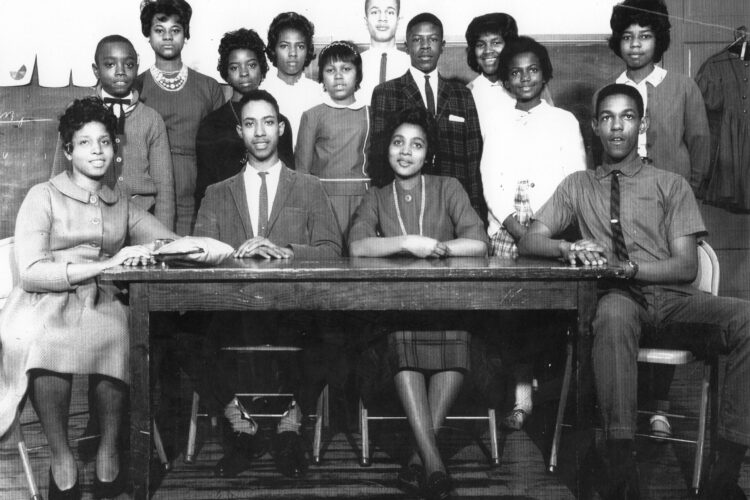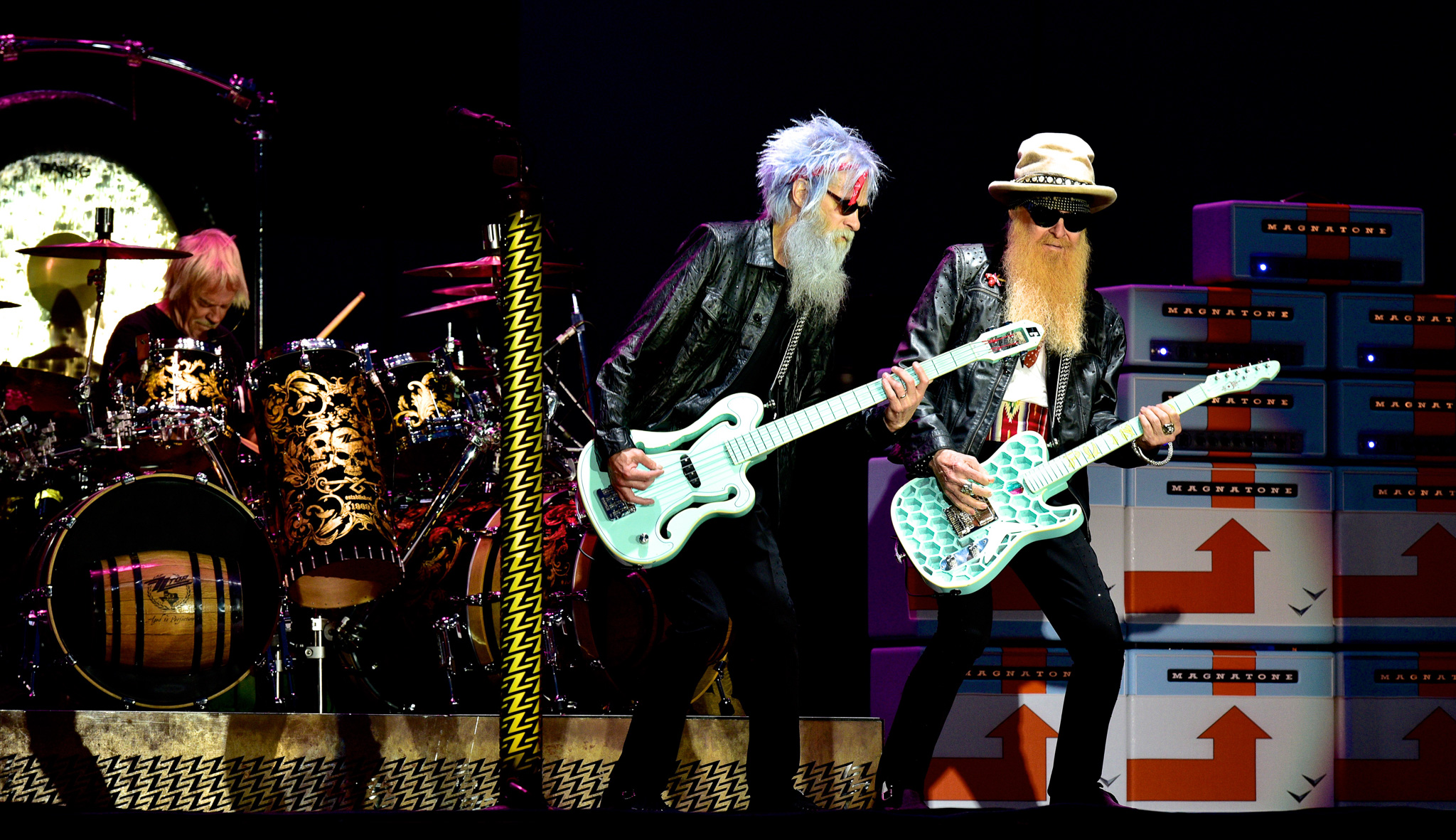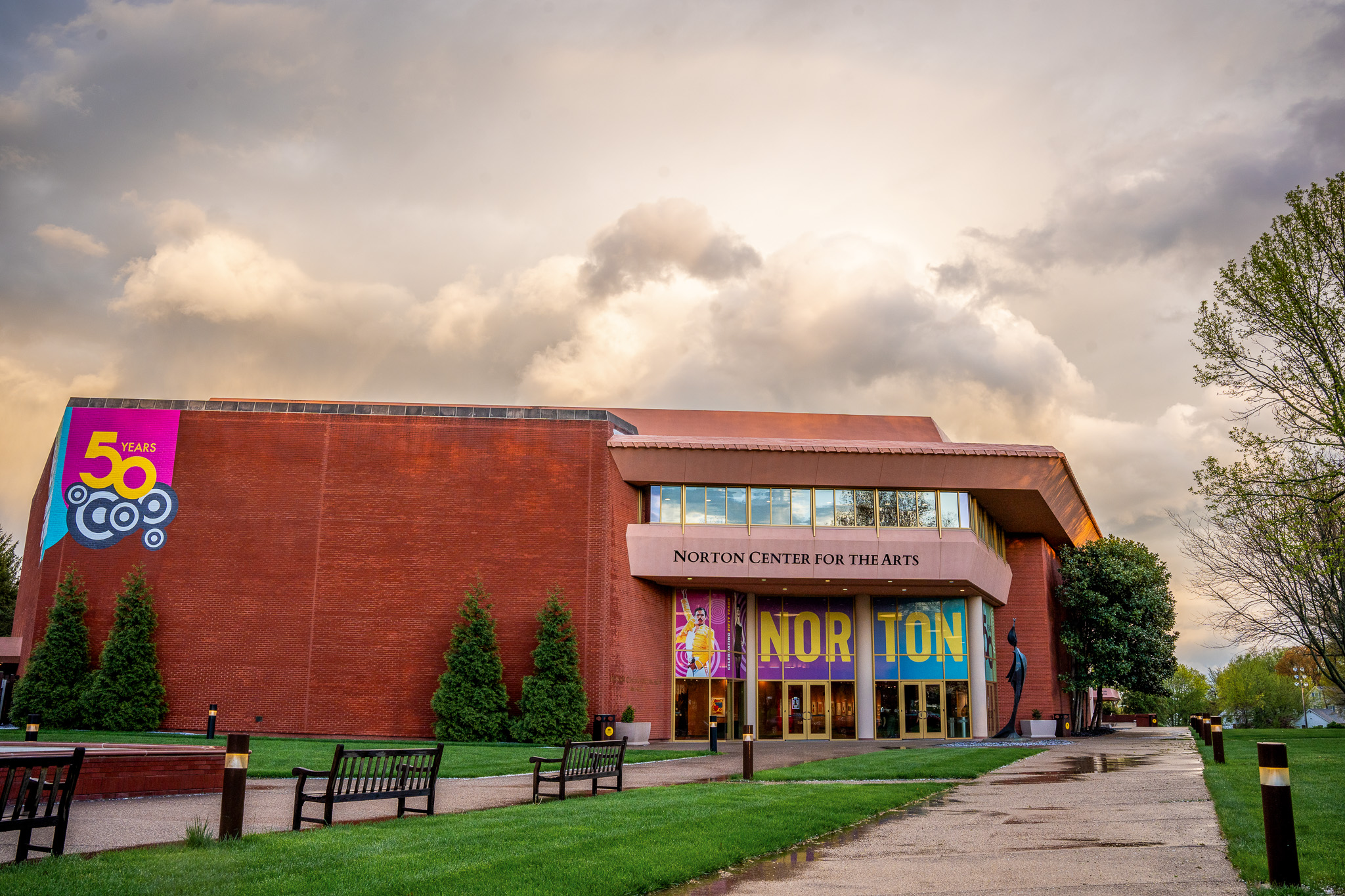
Making a Place for Anthropology in “We Were Here”
by Jeff Shenton
Jeffrey Shenton is Visiting Assistant Professor of Anthropology at Centre College. He teaches courses in cultural anthropology, linguistic anthropology, environmental anthropology, the anthropology of violence, the anthropology of tourism, the anthropology of religion, oral history and writing. His published research has examined connections between language and the use of the environment in an Amazonian Kichwa community in Napo, Ecuador, a Tzotzil Maya community in Chiapas, Mexico and a Catholic order of women religious in central Kentucky. Jeff is deeply interested in the way that language, space, and memory frame understandings of identity, history and the natural world. He received his Ph.D. in Anthropology from Vanderbilt University in 2014.
“We were here.” It’s an odd phrase, really, because it’s a counterfactual. It implies that something is not the case—that someone is not “here” currently, but, at least according to some, used to be. More provocatively, though, the phrase goes beyond simply saying that something is not here, but rather it asserts that something has been rendered unseen.
What kind of thing can we assert to be unseen? Or, why could it possibly matter that something is not here?
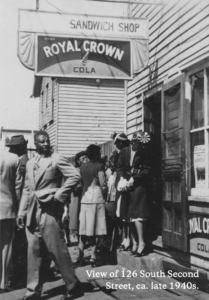 I am, by training and discipline, an anthropologist. Anthropology is the study of people, in all of their vast and wonderful variety. There are many flavors of professional anthropology, and many ways of approaching “people” as a subject of research within the discipline. Cultural anthropologists, like me, sometimes joke that we “study people who are still breathing,” which is to say that one of the only things we all agree on is that we are interested in the present.
I am, by training and discipline, an anthropologist. Anthropology is the study of people, in all of their vast and wonderful variety. There are many flavors of professional anthropology, and many ways of approaching “people” as a subject of research within the discipline. Cultural anthropologists, like me, sometimes joke that we “study people who are still breathing,” which is to say that one of the only things we all agree on is that we are interested in the present.
But, there are two other things we cultural anthropologists also agree on: first, that the present is necessarily informed by the past, and second, that we are fascinated by instances of human paradox, such as asserting that “we were here.”
Asserting something to have been, rather than to be—something, perhaps, that is only able to be glimpsed in photographs at the bottom of a dusty attic box, or dredged out of memory by people that by all rights should no longer remember it—is not typically the purview of a cultural anthropologist. In its most classic guise, cultural anthropology is about “being there.”
Other human-focused disciplines might look at surveys or large- scale data sets. But what’s called participant observation, the classic method of the cultural anthropologist, demands presence, demands being-with, demands that the anthropologist look closely at what is in front of them. The cultural anthropologist observes what is there and participates in what is there.
But the oral histories that the Danville-Boyle County African American Historical Society (DBCAAHS), my students, and I collected and excerpted for “We Were Here” felt, at times, less like doing anthropology and more like collecting subjective whispers before they were gone forever.
“We were here,” one might therefore think, stands as a decidedly dicey proposition on which to hang a cultural anthropology project. First, it is an assertion of the unobservable. Second, it is a claim about the past— those people whom we are saying were “here” belong to the hoary annals of time, and exist in that realm that historians and archaeologists often occupy, where academics make their careers by putting necessarily piecemeal information back into its proper context.
So what does cultural anthropology have to do with a project that asserts what is not there?
The title “We Were Here” comes from the last line of a play, “Good Blues Tonight,” written by Danville’s own Robby Henson about the experience of being in Danville’s Black entrepreneurial district of South Second Street in the 1950s. The play ran to great success at Pioneer Playhouse in 2016. According to Michael Hughes, President of DBCAAHS, in his introductory note to the “We Were Here” exhibition, there is an element of defiance in choosing this as the project’s title:
Systemic racism in the form of urban renewal destroyed a culture almost 100 years in the making. In two to three years, it was all gone. …It is our mission not only to tell the story, but, through our best efforts, to share the lives of folks whose voices are no longer heard, whose names are the only record of its existence.
The voices you hear in the oral histories excerpted in the “We Were Here” exhibition cover almost a century of personal memory which, taken together, paint a rich, systematic and constantly evolving portrait of Black lives here in Danville and Boyle County. They also recount the manner in which that portrait was painted over in different colors and with different tastes.
The anthropology in this project lies at the point at which this portrait of voices merges with the assertion “We Were Here.” It is, in the end, not about going out and observing someone’s reality: it is, rather, about making a claim to the very nature of reality itself: who gets to decide what is real? For whom is reality constructed, the reality that we actually observe today on what was North Seventh Street, on South Second Street and other places in Danville that used to be filled with Black businesses and Black homes? Who has been excluded from getting their hands on those bricks, that mortar?
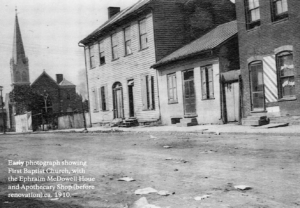 The method of participant observation demands that the cultural anthropologist be attentive, first and foremost, to what is going on in the here and now. But, anthropology is not just about going to see what’s there.
The method of participant observation demands that the cultural anthropologist be attentive, first and foremost, to what is going on in the here and now. But, anthropology is not just about going to see what’s there.
Much more importantly, it’s about deciphering how people make meanings for themselves, with and for one-another. Anthropology, seen in this light, is as much about what is not observable as it is about what is observable. What’s not there? And, importantly, why not?
In his classic ethnography Wisdom Sits in Places, Keith Basso challenges us to think about “place making” as central to human social experience. Basso was a white, Harvard-trained anthropologist, born in 1940, who lived and worked with the Western Apache in what is now the state of Arizona. The good fortune Basso had in studying this group was that the Western Apache were one of the few Indigenous groups in what is now the United States that was not permanently and forcibly removed from their historical territory. What that meant was that Basso, in decades of participant observation, was able to look at the way geography—the literal topography of the land—mapped onto social meaning.
Basso’s Western Apache collaborators introduced him to the fact that their homeland is filled with hundreds of topographical names, which are richly descriptive in the Apache language (“Green Rocks Side By Side Jut Down Into Water,” or “She Carries Her Brother On Her Back”). What’s more, people can use these place names to communicate with one another, as each name not only evokes a physical location but also intricately-interwoven historical and mythological stories that are redolent with meanings about Apache morals, virtue, and right conduct. By simply naming a place, an Apache person can evoke not just where they are, but who they are and how they desire that others should relate to them and to each other.
While the Western Apache example is a stark one, the larger point is that everybody, in some way, engages in place making through the meanings they create with other people. This might even be the very definition of “community”: a group of people who create shared meanings, and communicate through those meanings, in a particular location.
When Basso talks about the “sense of place” that comes out of the process of place making we all engage in, I think what he means is that there is a deep resonance between how we understand ourselves in relation to our past, on the one hand and what we see when we look out onto the land we inhabit.
In a full-page endorsement printed in the December 18, 1966 edition of Danville’s Kentucky Advocate newspaper, proponents of the Second Street urban renewal project saw their work as “…preserving, beautifying, and enhancing some of the rarest and richest historical landmarks in the State of Kentucky.” In other words, what urban renewal proponents wanted to do was to bring their sense of self and their sense of their own past, into closer connection with what they saw on Second Street when they walked or drove by.
“We Were Here” is thus about how a certain version of the truth, and a certain understanding of history, became a physical part of the Danville and Boyle County we know today.
But this process of creating a “sense of place” on behalf of one group of people can be damaging when it erases other, equally valid versions of that sense. Part of our work with “We Were Here” has been to evoke, by simply asking people to remember and to talk, what the “sense of place” looked and felt like in another time, when Danville was quite literally a different place. There is real joy in asking these questions and listening to people remember, because it shows that those other “senses of place” are still there, right under the surface, and they come out as rich and fully- realized through narrative as they do for the Western Apache, even though they no longer exist physically.
So perhaps we need to move on from thinking about “we were here” simply as a denial, a taking away, of the ability of a specific group of people to make meaning through place.
While this is certainly a story about race and structural power, it is also, perhaps more importantly, about providing a platform where story, memory, and joy are able to merge, to evoke an alternative, though admittedly long-gone, “sense of place” and to allow it to hang in the air for just a moment, for all of our consideration. Personally, I can think of no finer use for anthropology than that.
